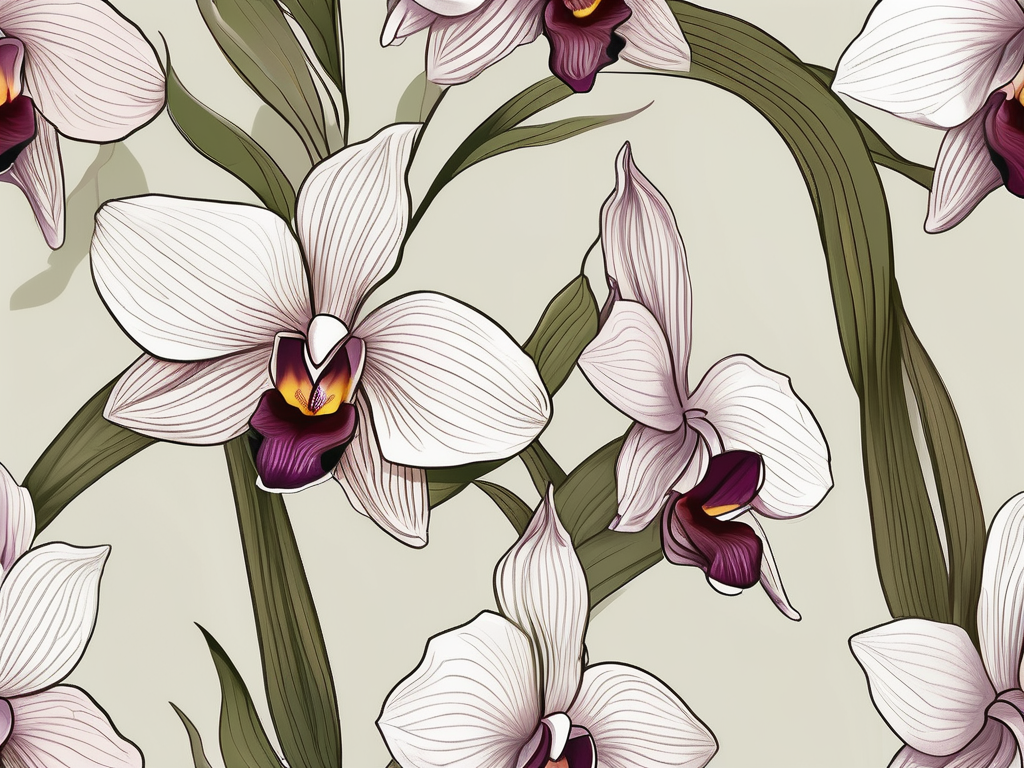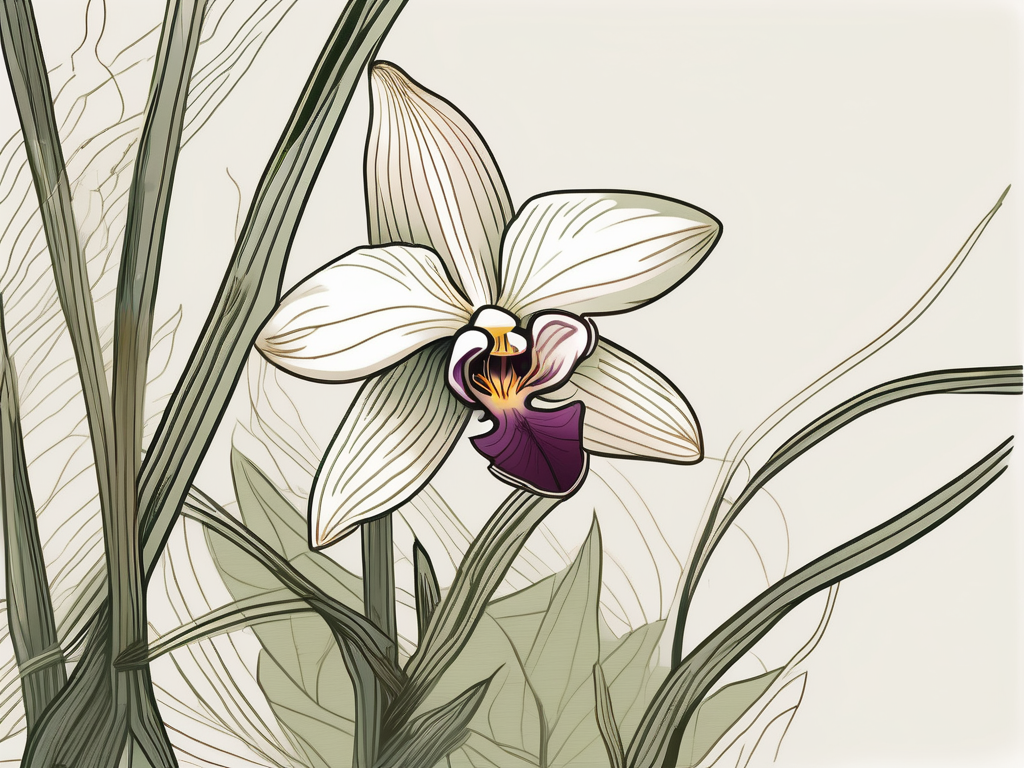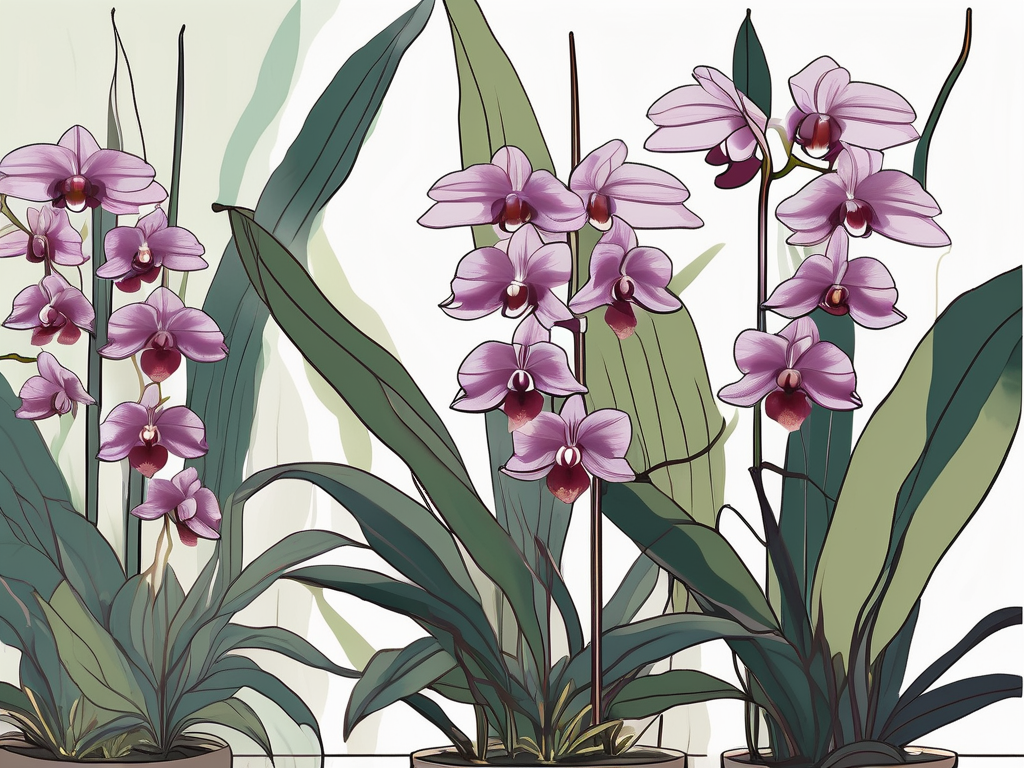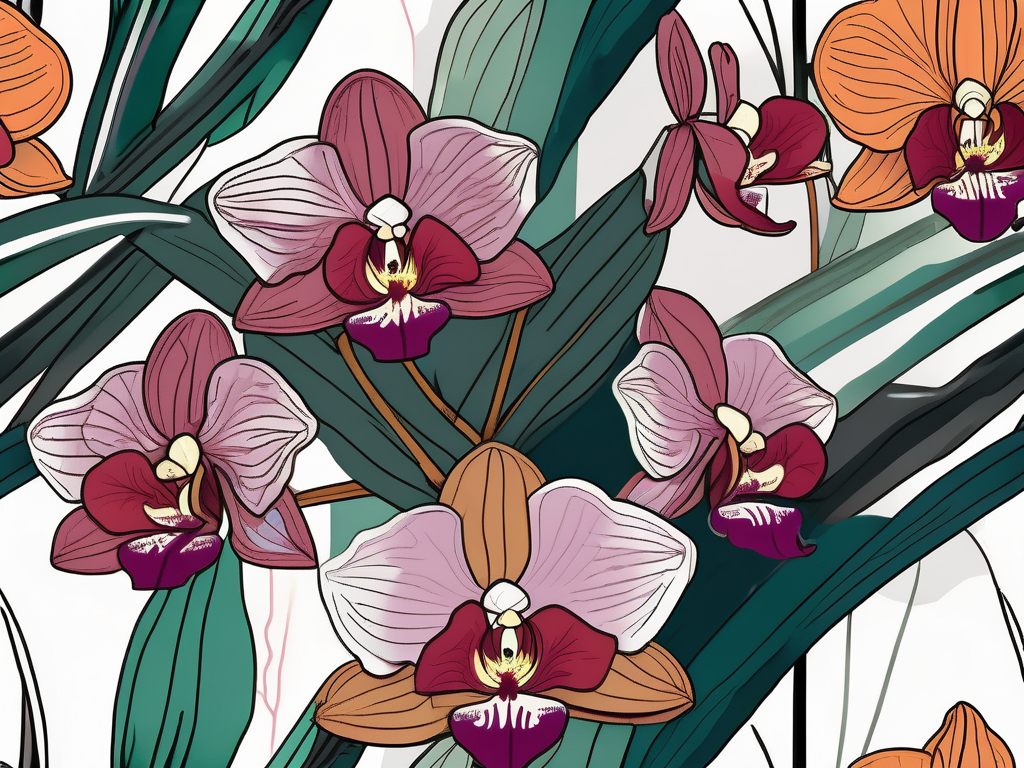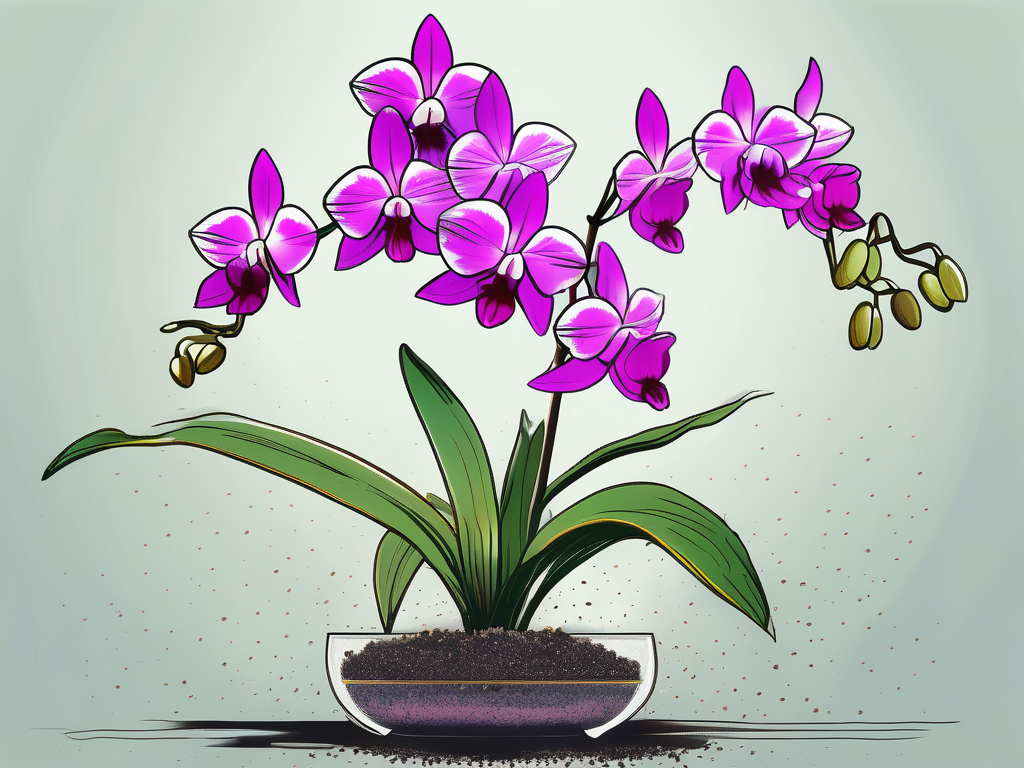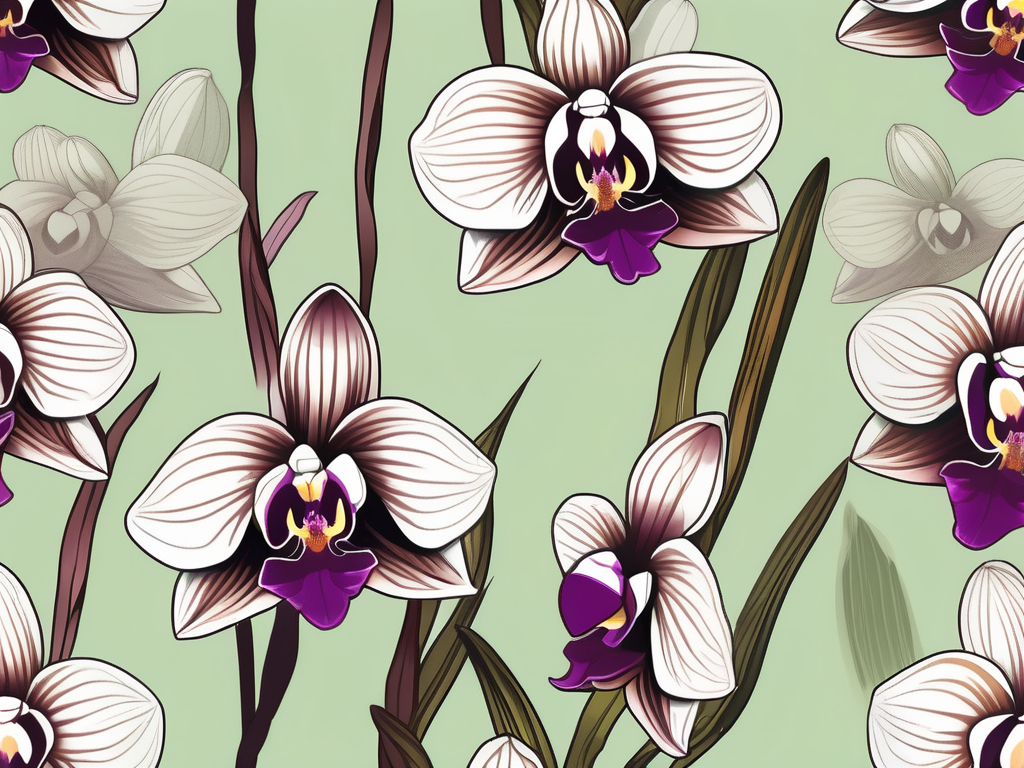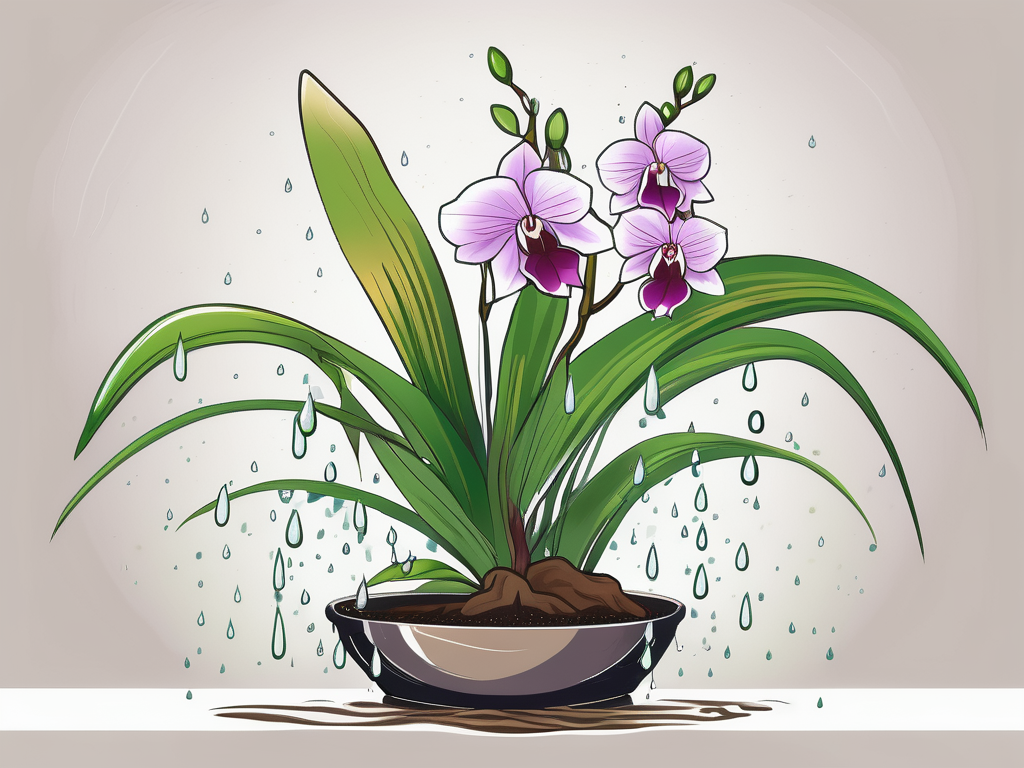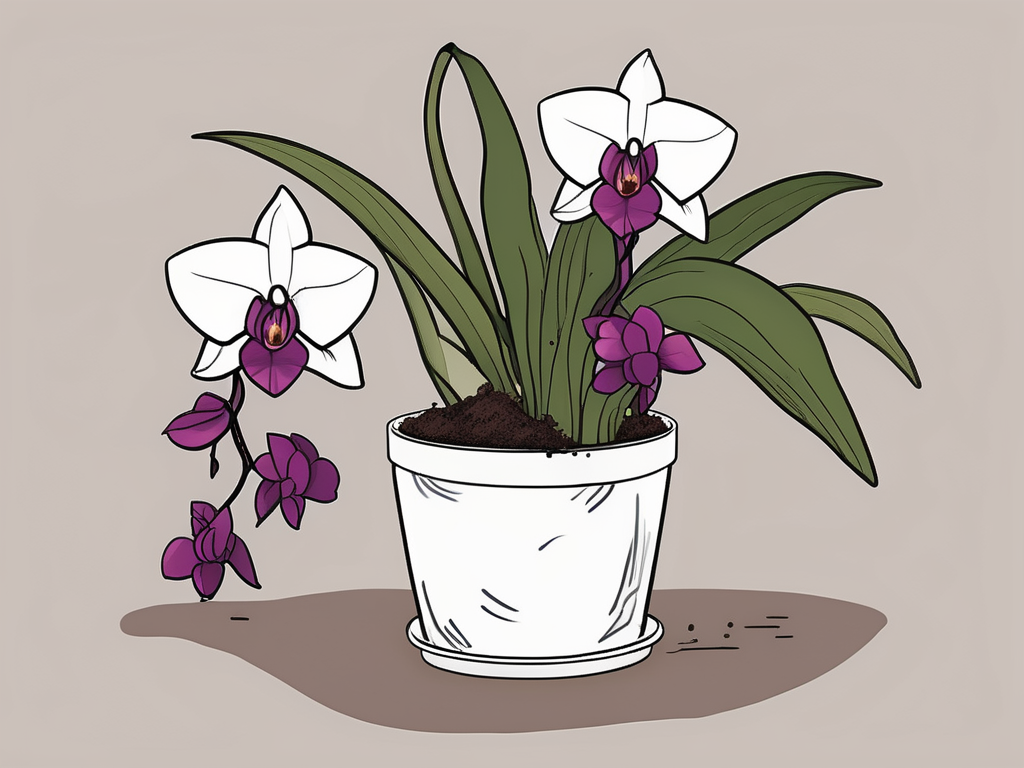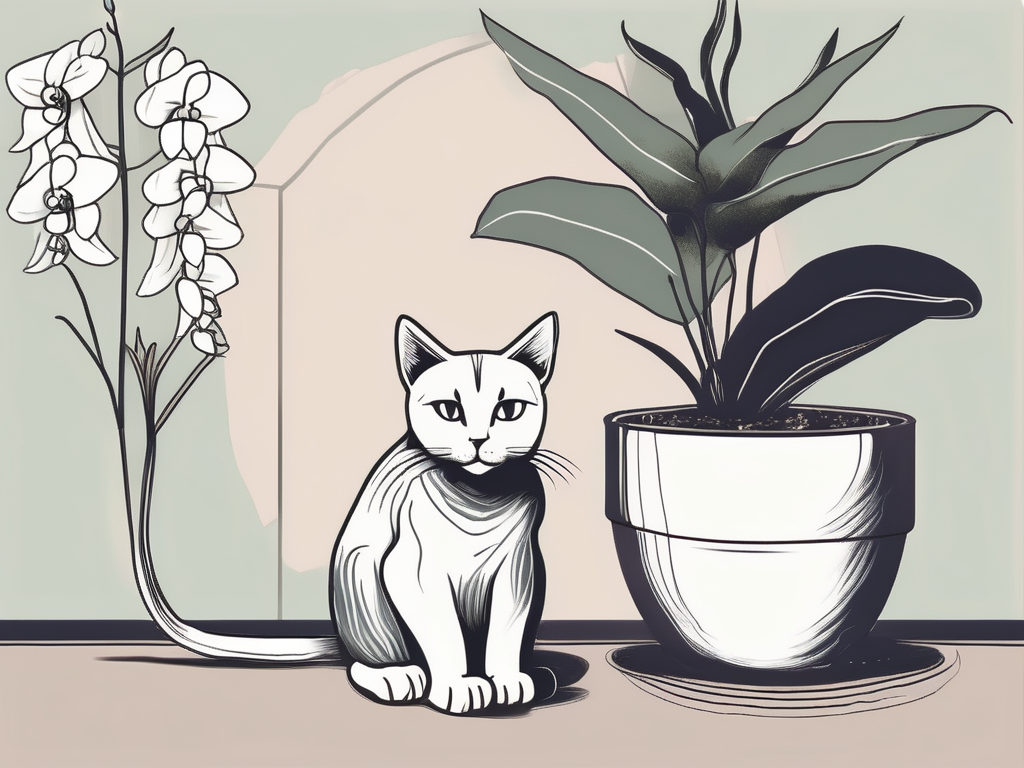
Ah, Dendrobium orchids! These beauties are like the rock stars of the orchid world, aren't they? With their striking appearance and diverse forms, they've captured the hearts of many plant lovers. But like any rock star, they have their quirks and specific needs. If you're looking to add this stunning orchid to your collection or simply want to ensure your existing one thrives, you've come to the right place.
In the following sections, we'll dive into everything you need to know about caring for Dendrobium orchids. From selecting the right plant to creating the perfect environment, we'll cover it all. Whether you're a seasoned plant parent or just starting your plant journey, these tips and tricks will help you keep your Dendrobium orchid flourishing.
Choosing the Right Dendrobium Orchid
Before you start on your orchid care journey, selecting the right Dendrobium is crucial. With over a thousand species, they come in a range of colors and sizes, each with its own unique flair. So, how do you pick the perfect one for your home?
First, consider the space where you'll be placing your orchid. Some Dendrobiums can grow quite tall, while others remain compact. Measure your available space and match it with a species or hybrid that fits. If you're unsure, ask a knowledgeable friend or consult local plant shops where experts can guide you based on your needs.
Next, think about the climate in your area. Dendrobiums can be divided into two main groups: those that thrive in warm climates and those that prefer cooler temperatures. If you live in a warmer region, a Dendrobium phalaenopsis might be your best choice. For cooler climates, a Dendrobium nobile can be more suitable.
Lastly, inspect the plant's health before purchasing. Look for vibrant leaves and a strong root system. Avoid plants with yellowing leaves or signs of pests. A healthy start ensures a smoother growing experience!
Light Requirements
Light is a huge factor in keeping your Dendrobium orchid happy. These orchids crave bright, indirect light. Think about the light conditions in their natural habitat—dappled sunlight filtering through tree canopies. That's the kind of environment you want to mimic.
If your orchid is indoors, place it near an east or north-facing window. These spots usually provide the right balance of light without the scorching rays of direct sun. If you're only left with a south or west-facing window, a sheer curtain can help diffuse the light and prevent leaf burn.
But how do you know if your orchid is getting the right amount of light? Well, it's all in the leaves. A healthy Dendrobium will have light green leaves. If the leaves turn dark green, it might be a sign that your plant needs more light. Conversely, yellowing leaves could indicate too much direct sunlight.
In some cases, you might live in a naturally dim environment. Don't worry—grow lights can be a fantastic solution. Just make sure to position them about a foot above your plant and keep them on for about 12-14 hours a day.
Watering Your Dendrobium Orchid
Watering can be a bit of a balancing act with Dendrobium orchids. These plants don't like to be waterlogged, but they also don't appreciate being bone dry for long periods. So how do you strike the right balance?
First, understand that the watering needs might change depending on the season. During the growing season (spring and summer), your orchid will need more frequent watering. Check the potting medium regularly and water when it's almost dry. In fall and winter, the orchid's growth slows down, so you can reduce watering frequency.
When you do water, make sure to soak the entire potting medium. Let the water run through the drainage holes and always empty out any standing water from the saucer to avoid root rot. A good tip is to water your plant in the morning, allowing any excess moisture to evaporate throughout the day.
And here's a tip that might seem counterintuitive: while orchids don't like to sit in water, they do love humidity. Keep the humidity levels around 50-70%. If your home is on the drier side, a humidity tray or a nearby humidifier can make a world of difference.
Optimal Temperature and Humidity
Dendrobium orchids are tropical plants, so they're happiest in environments that mimic their native habitats. Let's break down what this means in terms of temperature and humidity.
For warm-growing Dendrobiums, aim for daytime temperatures between 75-85°F (24-29°C) and nighttime temperatures around 60-65°F (16-18°C). Cool-growing varieties prefer slightly cooler conditions, with daytime temperatures of 65-75°F (18-24°C) and nighttime drops to 50-55°F (10-13°C).
Temperature fluctuations are actually beneficial to these orchids, especially at night. This helps trigger blooming, so don't stress if your home gets a bit cooler when the sun goes down.
As for humidity, Dendrobiums thrive with levels between 50-70%. To maintain this, you can mist your plant lightly, use a humidity tray, or place a humidifier nearby. Just be cautious not to overdo it—too much moisture can lead to fungal issues.
If you live in an area with a dry climate, grouping your plants together can help create a microenvironment with higher humidity. Your orchids will love the company!
Potting and Repotting
Choosing the right pot and potting medium is essential for your Dendrobium's health. These orchids prefer a well-draining medium that allows airflow around the roots. A mix of bark, perlite, and charcoal usually works well.
As for pots, find one with good drainage. Orchid pots often have additional holes on the sides to improve airflow. Terra cotta pots are also a good choice as they allow moisture to evaporate faster, preventing root rot.
Repotting should happen every 2-3 years, or when you notice the potting medium breaking down. Spring is generally the best time to repot, as the plant enters its growing phase. Be gentle when handling the roots, and trim away any dead or mushy parts.
When repotting, choose a pot that's slightly larger than the current one. This gives the roots space to grow without overwhelming them with too much medium. And remember, it's perfectly normal for your orchid to look a bit droopy right after repotting. Give it some time to adjust to its new home!
Fertilizing Your Orchid
Orchids aren't heavy feeders, but they do benefit from regular fertilization during the growing season. A balanced orchid fertilizer, like a 20-20-20, is usually a good choice.
Feed your Dendrobium every two weeks during spring and summer. Dilute the fertilizer to half the recommended strength to avoid nutrient burn. During fall and winter, you can reduce feeding to once a month or even stop altogether, depending on your plant's activity level.
It's also a good idea to flush the potting medium with plain water every few weeks. This helps remove any fertilizer salts that can build up and harm the roots.
And here's a little extra tip: if you're growing your orchid outdoors, rainwater can be a natural source of nutrients. Just make sure your plant isn't left in the rain for too long, as too much water can be detrimental.
Encouraging Blooms
Nothing beats the joy of seeing your Dendrobium orchid burst into bloom. But sometimes, coaxing those flowers out can be a bit of a mystery. So, how can you encourage your orchid to bloom?
First, ensure your plant is getting the right amount of light and temperature changes. Remember those cooler nighttime temperatures we talked about? They can make a big difference in stimulating blooms.
If your orchid is healthy but still not blooming, consider its feeding schedule. A phosphorus-rich fertilizer can promote flowering. Switch to a bloom booster formula during the fall to give your plant that extra nudge.
Patience is key here. Some Dendrobiums take a little longer to bloom, especially after repotting. But don't worry, with consistent care, your plant will reward you with its stunning flowers.
Dealing with Pests and Diseases
Just like any houseplant, Dendrobium orchids can fall prey to pests and diseases. But with a little vigilance, you can keep these issues at bay.
Common pests include spider mites, aphids, and mealybugs. A regular inspection of your plant can help catch these invaders early. If you spot them, a gentle spray of insecticidal soap or neem oil usually does the trick.
Fungal issues can arise in overly humid conditions or when water sits on the leaves. Ensure proper air circulation around your orchid and avoid getting water on the foliage. If you notice any fungal spots, remove the affected leaves and treat with a fungicide.
Root rot is another concern, especially with overwatering. If you suspect root rot, gently unpot your orchid and inspect the roots. Trim away any mushy parts and repot in fresh medium.
Remember, prevention is always better than cure. Keeping your Dendrobium in optimal conditions will go a long way in avoiding these pesky problems.
Creating a Beautiful Plant Display
Orchids are not just plants—when styled correctly, they can be stunning design elements in your home. Here's how to make the most of your Dendrobium orchid's beauty.
Consider the pot. A decorative pot can add an extra touch of style to your orchid. Just be sure it has drainage holes or use it as a cachepot, placing your orchid in a plain plastic pot inside.
Grouping plants together can create a lush, tropical feel. Mix and match different orchids or combine them with ferns and other tropical plants for a rich display.
Think about height and layering. Use plant stands or stack books to vary the height of your plants, creating an interesting visual dynamic.
And don't forget about location! Your orchid will look stunning as a centerpiece on a dining table or as an accent on a bookshelf. Just ensure the spot meets its light and temperature needs.
With a little creativity, your Dendrobium orchid can be more than just a plant—it can be a statement piece that brings your space to life.
Final Thoughts
Caring for a Dendrobium orchid can be a rewarding experience, offering both challenges and beautiful blooms. From selecting the right plant to understanding its needs for light, water, and nutrients, each step is an opportunity to connect with nature and bring a touch of the exotic into your home.
At Cafe Planta, we’re here to help you with all your plant needs, whether you're looking for the perfect orchid or need advice on care. We offer a range of houseplants, accessories, and even plant-themed apparel for fellow plant lovers. If you have any questions, feel free to email us or drop a message on our Instagram. We believe that plants can bring us together, connecting us with nature and each other. Whether you’re an experienced plant parent or just starting your journey, we're excited to share our love of plants with you.













